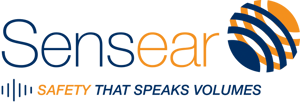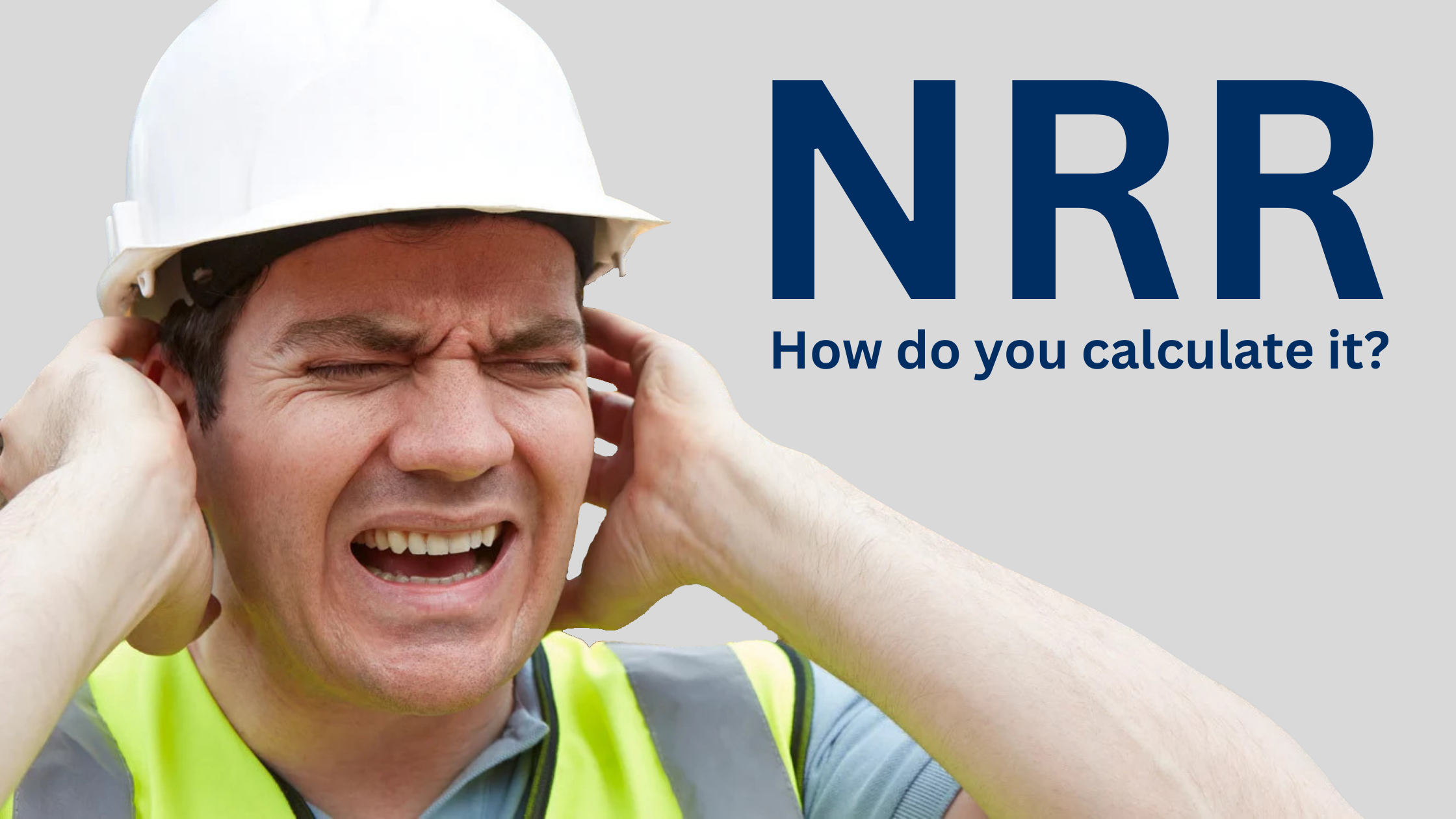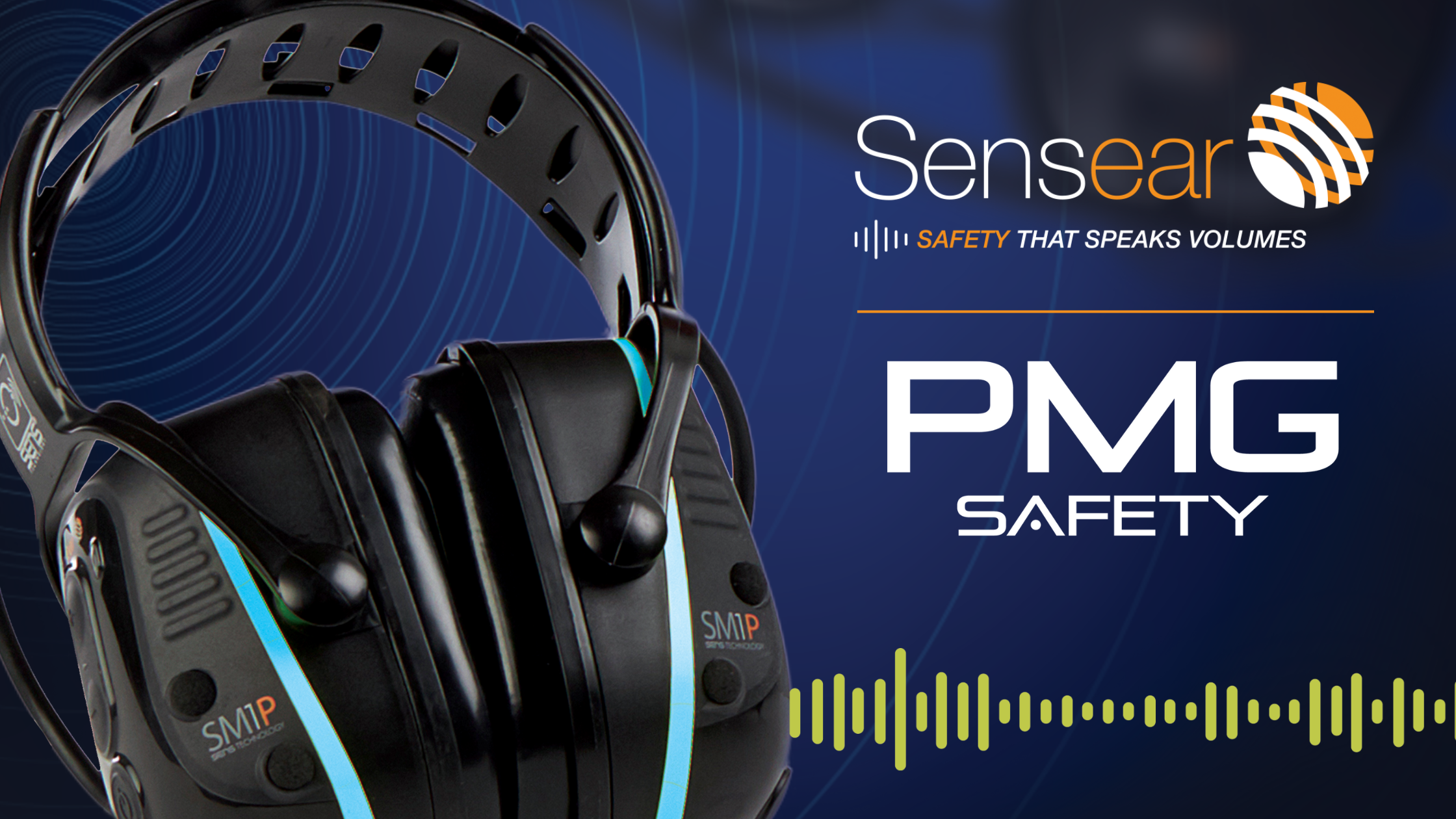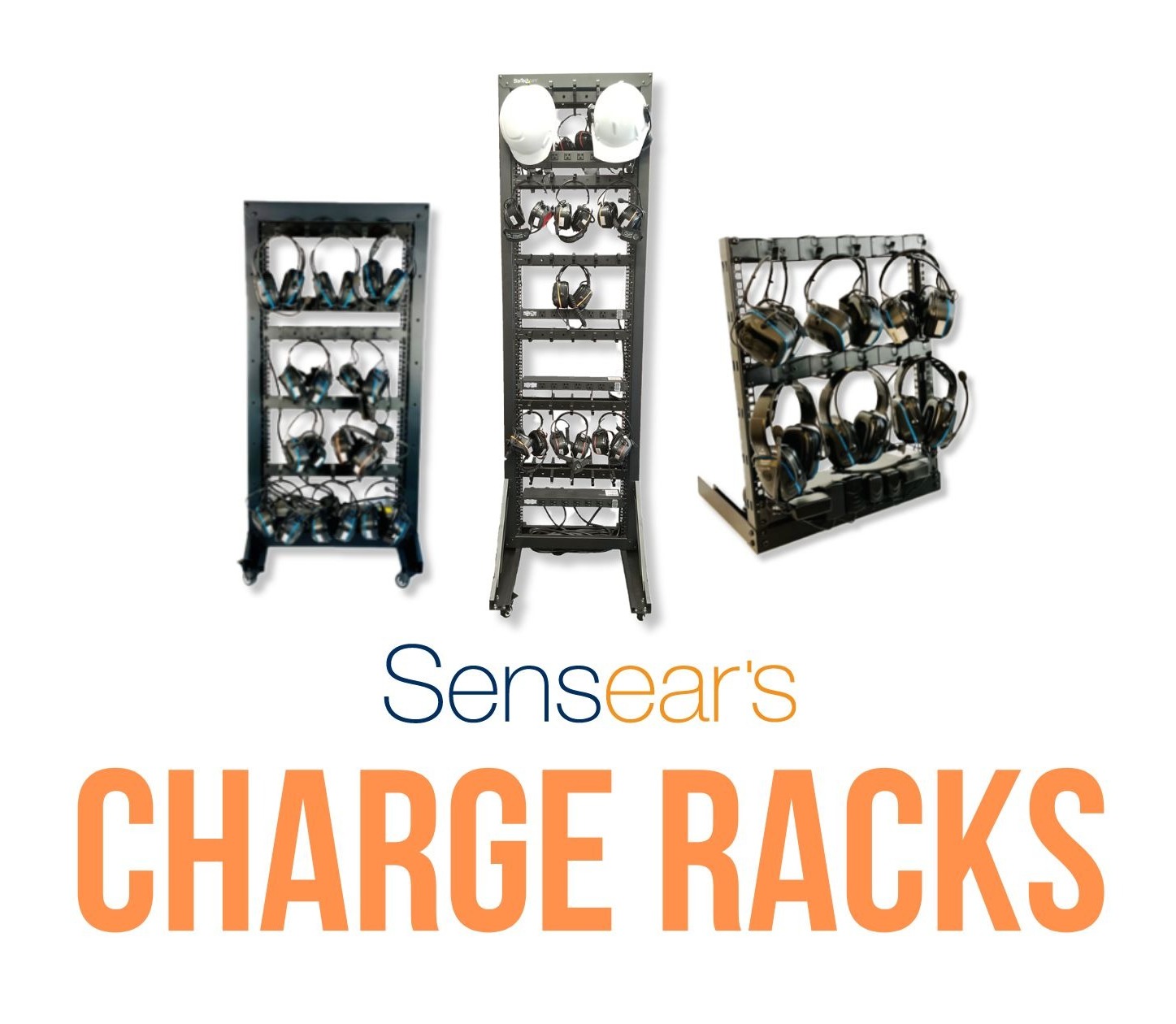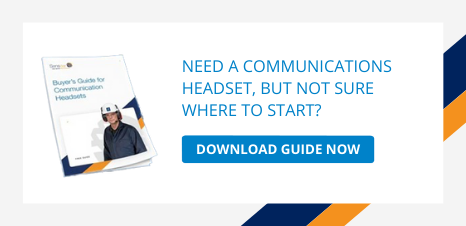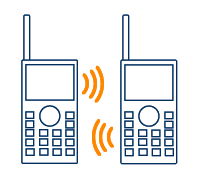
The past ten years have presented some drastic changes within the two-way industry. The advancement of digital radio portfolios such as Motorola’s MOTOTRBO, Kenwood’s NexEdge, and other DMR vendors have given added value to radio users in commercial and industrial organizations. These integrated solutions and applications for voice and data while increasing capacity and providing digital clarity.
In addition to these benefits, the past months have shown an increased movement towards safety compliance and awareness within two-way radio vendors and accessory partners like Sensear.
We’ve identified 8 trends below that harness the power of digital radios systems to increase the safety of its users:
1. Emergency Calls
Two-way radios have come with bright visible emergency buttons for a while, but recent advancements in digital radio technology have allowed for a much more robust set of options when confronting an emergency at the workplace.
Some types of emergency calls that can be made using today’s radios systems contain a combination of:
- Audible alarms – to alert nearby personnel
- Visual notifications – to notify radio users silently or together with an alarm
- Mic opening – to allow others to assess the situation
These can be sent to individuals (like a dispatcher at a desk), to groups of people, or to all members of the radio system. With all these options, these calls can be customized to each organization's preference and protocol on how to handle an emergency.
The additional talk paths presented by some digital radio technologies allow for role-based transmission interruptions. This can be a life-saving feature for a supervisor directing his staff away from a dangerous area or chief that needs to lead his crew towards a rescue effort.
2. Tangle-Free & Hands-Free Options
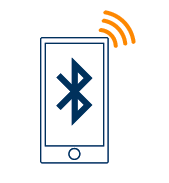 Earpieces, in general, make it safer to transmit sensitive information, but wireless accessories such as Bluetooth® and other wireless adapters can make it safer and more comfortable since users don’t have to deal with wires which can get caught and tangled in objects.
Earpieces, in general, make it safer to transmit sensitive information, but wireless accessories such as Bluetooth® and other wireless adapters can make it safer and more comfortable since users don’t have to deal with wires which can get caught and tangled in objects.
The continued enhancements in Bluetooth technology in the past few years have included the creation of some push-to-talk (PTT) protocols. The compatibility of headsets and two-way radio Bluetooth® PTT protocols varies by manufacturer, but there are other options for those that prefer (or are required by law) to have a hands-free transmission. For these radio users, features like VOX (voice-activated communication), or accessories like a Foot PTT switch, or Throat Microphone can allow them to talk with other radio users while keeping their hands on their equipment or steering wheel.
Another promising safety movement is the audible annunciation of channels, text, and other alerts such as battery status. This prevents the user from glancing down to grab the radio and looking at the display and possibly being distracted while working.
3. PPE Accessory Compatibility
Years ago, it was difficult to easily use a radio with personal protective equipment (PPE). Now, radio accessories are becoming increasingly compatible with various styles of PPE accessories and at times have even been merged into a PPE / two-way radio accessory.
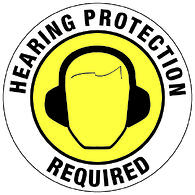
Many audio accessories are compatible with the different styles of helmets used by those in forestry, firefighting, mining, drilling, construction, and other heavy equipment industries where both hard hats and radio communication are required.
Various solutions are also available to those wearing Hazmat Suits and large gloves. These include large PTT buttons, respirator microphones, and earpieces that can withstand difficult elements and temperatures.
Those operating in high-noise workplaces have industrial headsets available in over-the-ear muff or in-ear plug form to satisfy any OSHA (Occupational Safety & Health Administration) regulations for hearing protection as well as allow them to communicate with their two-way radio or Bluetooth® device. There are even products available for particularly noisy work environments that require double protection (over-the-ear and in-ear noise shielding).
4. Location Monitoring
Tracking advancements use GPS and other positioning systems to send location information throughout the system. This assists dispatcher sending vehicles on routes, but also in creating geofences. These geofences are boundaries that send out customized alerts to dispatchers or supervisors once a radio has left or entered the outlined location on the map. The radio user can then be contacted to see what the situation is and why they are leaving their location.

Various in-door location monitoring technologies have also been developed. These use either RFID, Bluetooth®, or other wireless short-range technologies to let supervisors know the location of staff with radios within a building. This is an incredibly useful feature for guards on patrol routes as well as for workers in a large manufacturing facility.
5. Noise Control & Situational Awareness
We have discussed at length in previous posts the dangers of not using hearing protection while working in high-noise environments, but what happens when you need to communicate to one of the members of your production line standing right in front of you? Many people would just take off their hearing protection for the duration of that conversation.

This is a costly mistake both for their hearing and for the overall organization. According to OSHA, about 30 million people are exposed to high noise each year on the job, and it’s been one of the biggest concerns in the US for nearly 3 decades. With new advances in noise control and situational awareness, these concerns can be quelled.
In our decade of existence, Sensear has driven this new approach to high-noise communication and hearing protection by combining the most innovative communication systems with the very best hearing protection technologies to ensure users can hear speech and stay protected in high noise environments.
6. Intrinsically Safe Equipment
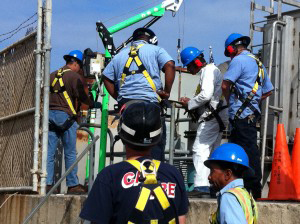
Radios and accessories designed to operate in hazardous and potentially explosive environments are essential for those managing workers in industrial manufacturing environments, employers operating oil or gas companies, and other plants comprised of possible safety hazards. Standards and certifications vary by geographical region and type of environment.
Intrinsically Safe products must be certified by regional standards that vary by country or area of the world. The four main certification agencies are ATEX – Europe; UL – USA; CSA – Canada; IECEx – Global. Interested in learning more about intrinsically safe certifications? We created a series of posts on the subject a while back for your reference:
7. Enhanced Safety & Control Features
Certain features can enhance the protection and safety of workers in various situations at the workplace. These features can be used in combination with each other as well as with audible and visible alarms that can alert operators, dispatchers, or other radio users of certain situations.
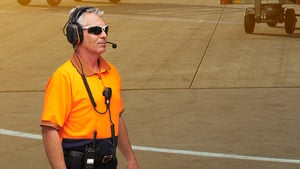
Lone Worker is great for those that are isolated from the rest of the group. The feature requires them to respond to alerts to ensure their safety. The alerts can be programmed to customized intervals. A Man Down feature sends an alarm when a worker’s radio is either tilted or horizontal which can alert others if a team member has been knocked unconscious. The Man Down feature can also be programmed to send alerts when there is no movement for long periods of time. This can be used to prevent the loss of a radio as well as an employee falling asleep on the job.
8. Applications & Analytics
Many of the latest software applications have features that can record the audio, radio IDs, durations time, and even GPS location of every radio call on a system. This can be used to research how accidents or unwanted events transpired as well as for training and accountability purposes.

In addition to recording and reporting calls, these software applications can run reports for GPS or in-door location during certain intervals of the workday as well as for work orders completion and other management to analyze and continuously review and improve processes and employees.
How Can We Help?
At Sensear, we work hard to meet the latest market demands for both safety and communication in high-noise environments. We stay on top of all the trends that might help our customers ensure that they are in compliance with safety regulations and communicating with clarity within their high-noise workplace environment. To learn more about how Sensear can help your company contact one of our hearing protection and high-noise communication specialists.
Contact us and we'll guide you not just in hearing protection and communication equipment, but we can also put you in touch with radio dealers that can assist you with any of the above-listed features.
Follow Sensear and always be in the know.
Follow @HearSensear